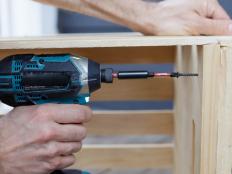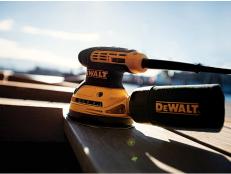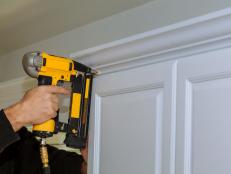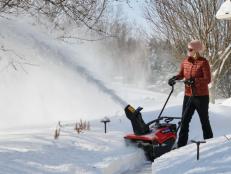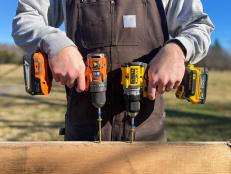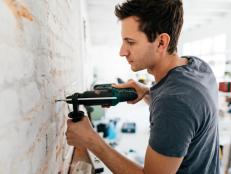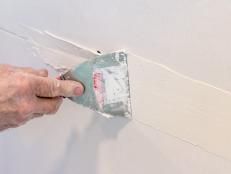What Are Pneumatic Tools?
When it comes to high-torque, high-volume, long duty-cycle tools, it’s hard to beat pneumatics. From paint sprayers to nail guns, here’s a breakdown of what pneumatic tools are and what they can do for you.
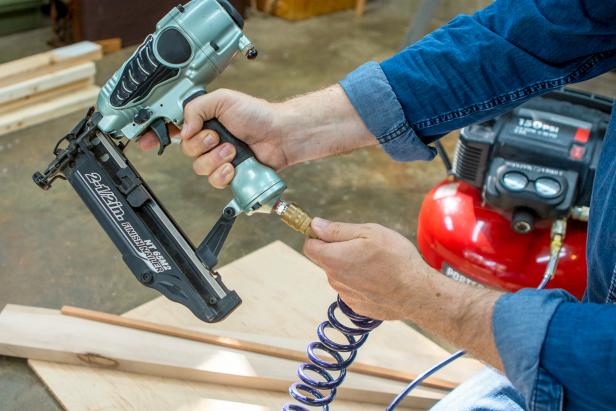
Karen Kavett

A pneumatic tool is one that’s driven with the assistance of compressed air rather than electricity. Generally speaking, all pneumatic tools require an air compressor to provide a pressurized burst of air to perform their operation. Since pneumatic tools can perform a wide variety of tasks, it’s very important to know how much air a given tool will consume and how much pressure is needed to perform its function. A tool’s volume and pressure requirements will dictate the strength of the air compressor needed to power your tool.
Air consumption for pneumatic power tools is measured in cubic feet per minute (CFM), and pressure is measured in pounds per square inch (PSI). A pneumatic tool can operate indefinitely as long as the attached air compressor can continuously deliver the required volume and pressure without interruption. Air compressors will generally be labeled with their capacity in gallons, and their output labeled with their CFM at various pressures. For example, a 26-gallon air compressor might be able to deliver 4.5 CFM at 90 PSI and 4.0 CFM at 100 PSI. Read the instructions on your individual tools to find out what their demands are to see if your compressor is able to power it.
Pneumatic tools have tons of advantages but also come with a few disadvantages as well. One of the primary benefits of pneumatics is the price. Individual tools are far less expensive than their electric counterparts. Pneumatic tools also come with a degree of safety in wet environments or in places where sparks from electric motors can be dangerous. Physically, air-driven tools are much lighter in weight thanks to the absence of electric motors or bulky battery packs. When paired with a capable air compressor, pneumatic tools can deliver tremendous amounts of torque or operate for incredible durations of time. In the case of paint sprayers, pneumatics deliver superior results and can effortlessly apply large volumes of paint to nearly any project.
One of the primary disadvantages of pneumatic tools is the required air compressor. Being attached to a large, heavy air compressor is limiting and greatly reduces portability. Pneumatic tools also require a little more maintenance than electric tools do. With the need for regular oiling to prevent rust and lubricate their inner workings, air-driven tools require some regular attention. Air compressors tend to collect moisture from the surrounding air and pass it along to your tools, so it’s important to drain and lubricate your compressor regularly as well.
Pneumatic tools also afford users a degree of flexibility. Nearly all consumer-grade air-driven tools use the same 1/4" quick-connect fittings. This makes it possible to use a single compressor to drive a number of tools simultaneously. Your investment in an air compressor has some added household value as well. With the vast array of fittings and adapters available, you can inflate everything from car tires to pool toys rapidly and safely.
Pneumatic tools can seem complicated, but they’re generally quite safe and can last a lifetime with a small amount of maintenance. If you’re looking for durable tools that can work as hard as you do, pneumatic tools can be a great option for any homeowner. Here’s a list of some of the most popular air-driven tools for homeowners.
- Nail guns
- Staplers
- Drills
- Hammer guns
- Paint sprayers
- Palm sanders
- Angle grinders
- Airbrushes
- Impact wrenches
- Air ratchets
- Metal shears
- Sandblasters
- Tire inflators






